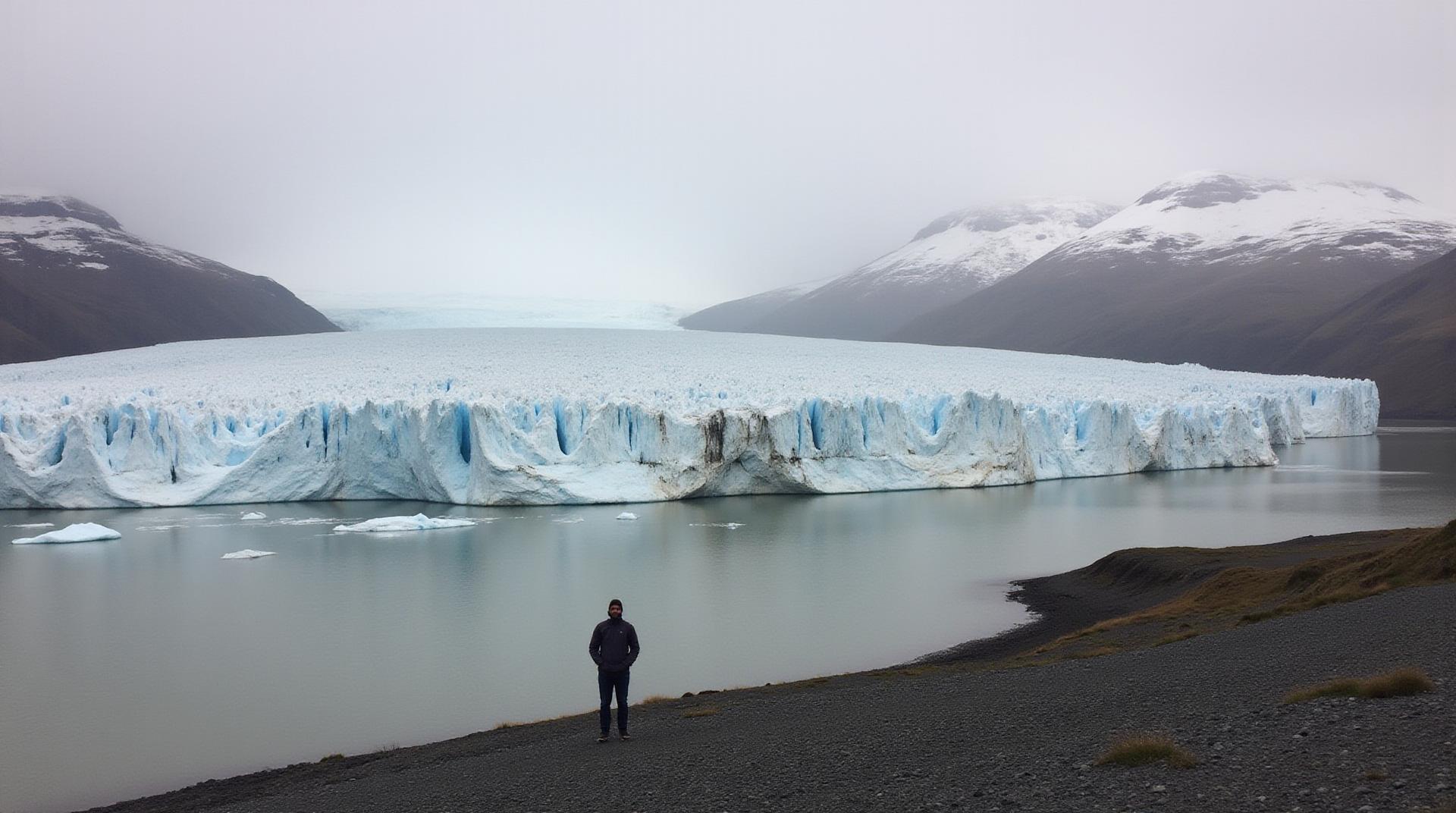Glaciers and Solitude: Solo Travel in Iceland

Seizing Solitude: Glacier Gazing Through Iceland’s Uninhabited Wonders
Iceland. The land of fire and ice, where jagged black sand beaches meet steaming hot springs and the midnight sun bathes the landscape in a surreal glow. Is it a dream to travel solo in a land synonymous with adventure and natural beauty? Yes, it can be. But don’t just hear it; experience it if you dare.
## Embracing the Solitude
Solo travel in Iceland throws you headfirst into an intense connection with your surroundings. Forget tourist crowds and churned-out itineraries. Here, you’re empowered to create a custom journey, taking your time, navigating the stunning landscapes at your own pace. You can choose to be guided by the silence of the landscape. You are free to linger at viewpoints, sip hot cocoa under starry skies, and delve into the cultural nuances of Iceland at your own pace.
## Glacial Gemstones of Iceland: Must-See Ice Wonders
To truly experience Icelandic solitude, you need to choose locations that offer it in spades. Here are some ideas:
* **Jökulsárlón Glacier Lagoon**: Witness awe-inspiring icebergs floating into the turquoise lagoon. Explore the Diamond Beach, where the ice meets black sand and the waters take on a vibrant, milky shade.
* **Vatnajökull National Park**: Explore the mighty Vatnajökull glacier, Europe’s largest ice cap. Hike to waterfalls, ice caves or take a dip in invigorating glacial pools like the iconic Blue Lagoon (if it calling you, consider booking it outside the peak season).
* **Þingvellir National Park**: At this UNESCO World Heritage Site, you can marvel at the dramatic rift valley where the North American and Eurasian tectonic plates split apart. Walk among ancient volcanic vents and witness the world’s most expansive fault line.
* **Snaefellsjökull Glacier**: Explore a glacier with a volcanic mountain backdrop. Hike to hidden valleys and admire the translucent ice caps. A fantastic option for a little off-the-beaten-path adventure.
* **The Westfjords**: This rugged and remote region offers the possibility of whale watching and experiencing the pristine beauty of remote landscapes.
## Preparing for Your Glacial Adventure – Resources for Solo Travelers
* **Transportation**: Iceland is incredibly well-connected by road. Rented vehicles are essential for getting to remote destinations, but be prepared for unpredictable weather. Book early, especially for off-season travel.
* **Accommodation**: Iceland’s accommodations range from cozy guesthouses to upscale hotels. Research options with kitchenettes to grocery shop for picnics.
* **Culture**: Learn a bit about Icelandic customs before you go to avoid social faux pas.
Embrace the unbridled freedom and inherent beauty of Iceland’s glaciers and solitude. There’s a level of serenity that comes with this solo experience that you can cherish for a lifetime. This is a land of stark landscapes dotted with geothermal wonder and glacial gems that are begging to be explored – one step at a time, with your own company.
Check similar topics:
“`html
Frequently Asked Questions: Solo Travel in Iceland’s Glaciers
- Q: Is solo travel in Iceland safe?
A: While Iceland is generally safe, especially compared to other tourist destinations, solo travelers might consider some of these tips: While Iceland is a generally safe country, it’s important to prioritize your safety. Keep your valuables secure, avoid walking alone at night, be aware of your surroundings and trust your instincts.
- Q: How do I best experience Iceland’s glaciers?
A: Experience the raw power of Iceland’s glaciers in various ways. From hiking on glaciers, ice caving and even boat tours, there’s a glacier experience to suit any interest. Be sure to choose reputable tour operators, especially when venturing off the beaten track.
- Q: What about the weather? How do I plan for it?
A: Always check the Icelandic Met Office (for tourism-related safety advisories)
Pack for all seasons. Layering up is key to handle changing weather conditions. Even if the forecast looks sunny, polar temperatures exist outside the city, near glaciers or remote regions. - Q: What are the best times to visit Iceland for glaciers?
A: The “optimal” season depends on your interests:
* **Summer (June-August):** Offers long daylight hours, sunshine, and prime hiking conditions for glacier exploration.
* **Shoulder seasons (May and September):** Witness fewer crowds and warmer temperatures for a less chaotic experience.
* **Winter (November-March):** The most dramatic landscapes with the potential for epic snow-covered glacier views, ideal for photographers and those seeking solitude. - Q: What should I pack for a solo glacial adventure?
A: Weatherproof clothing, sturdy hiking boots, a warm jacket, breathable hiking socks, sunglasses, a hat, sunscreen, a first-aid kit, snacks, a water bottle, and a camera to capture the memories.
“`